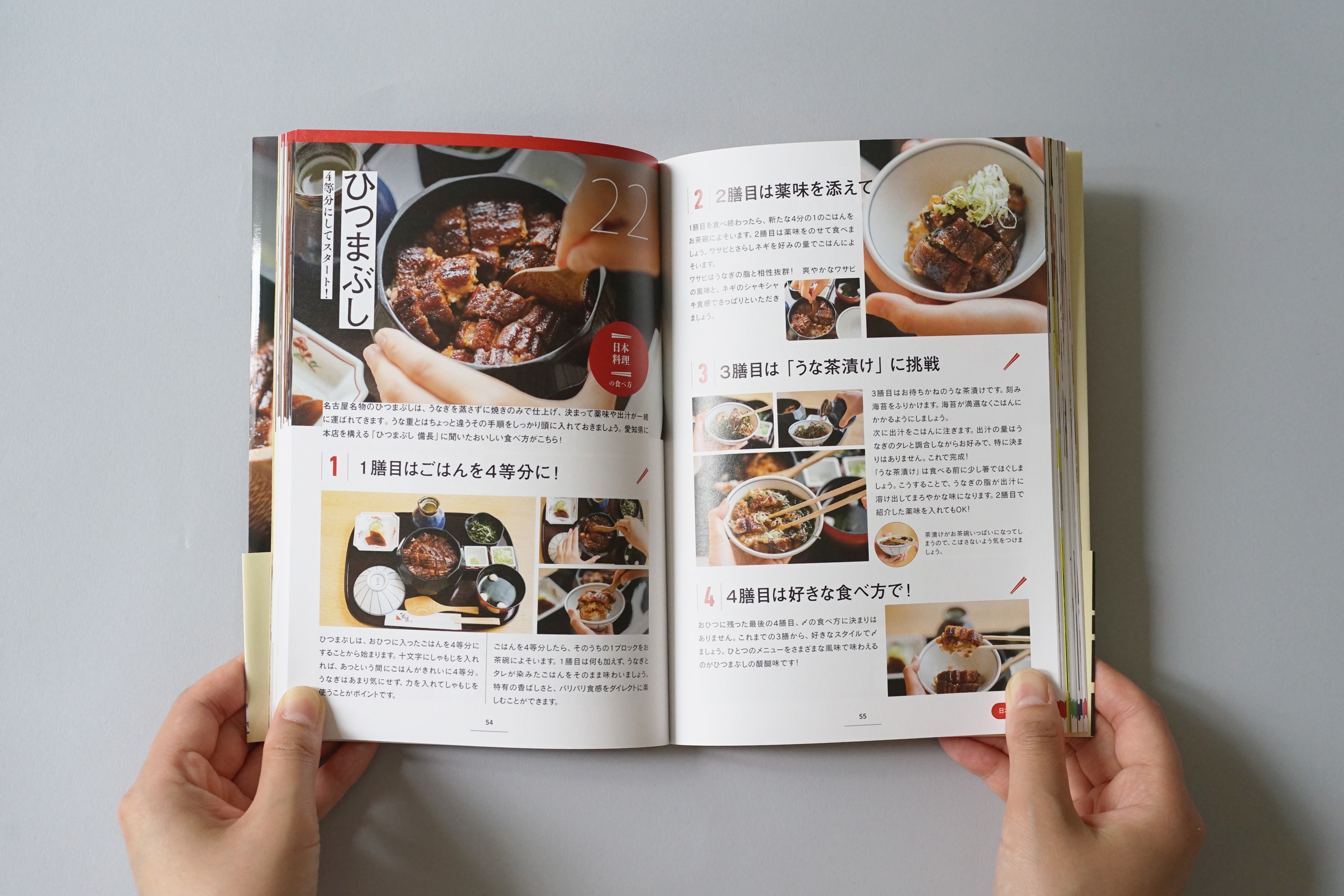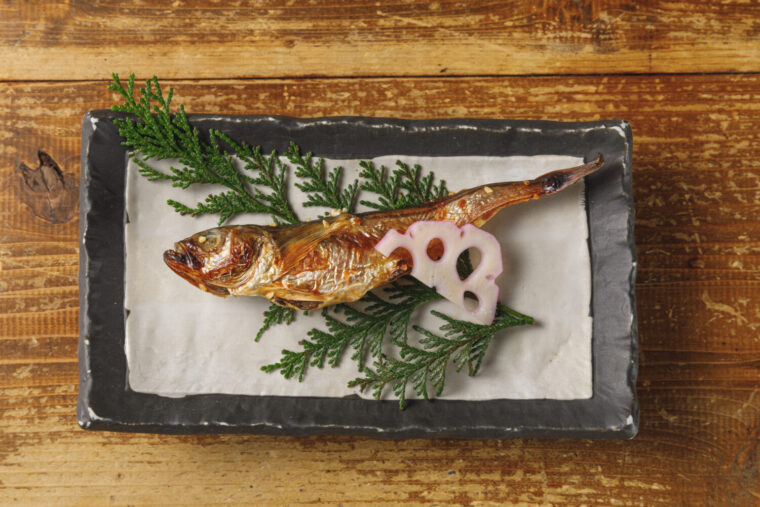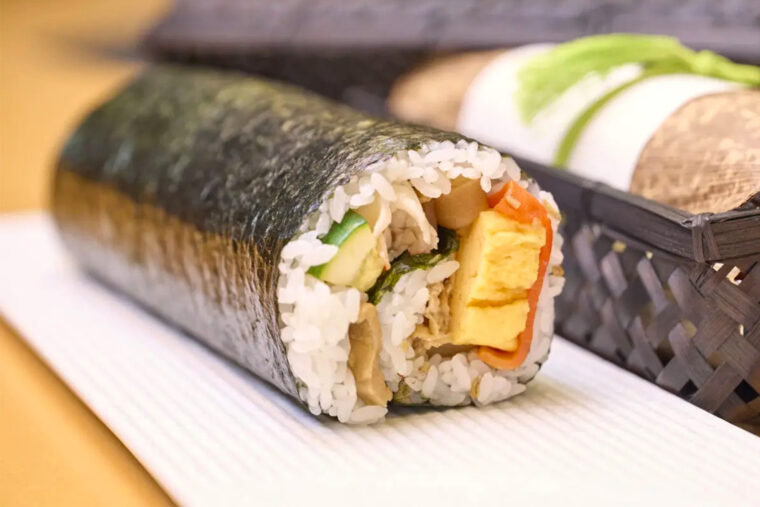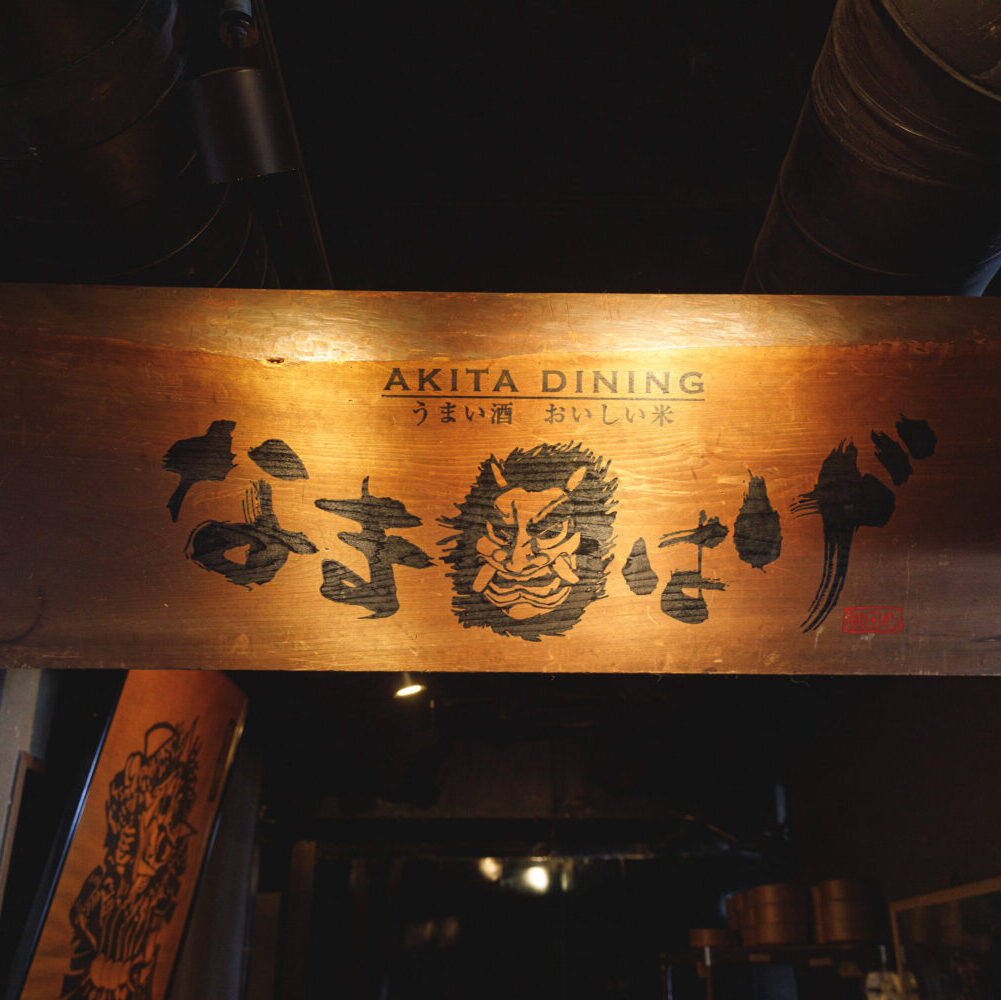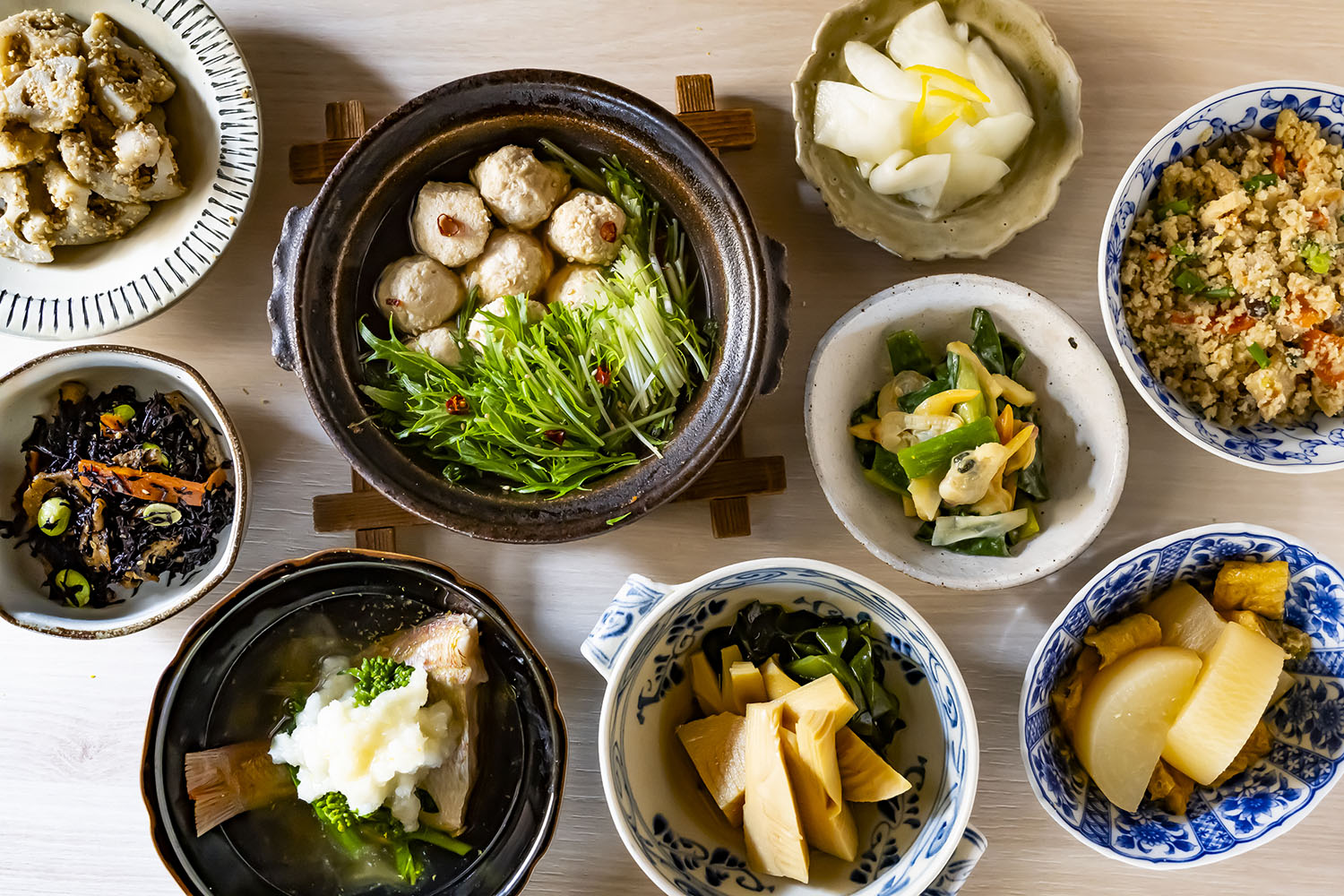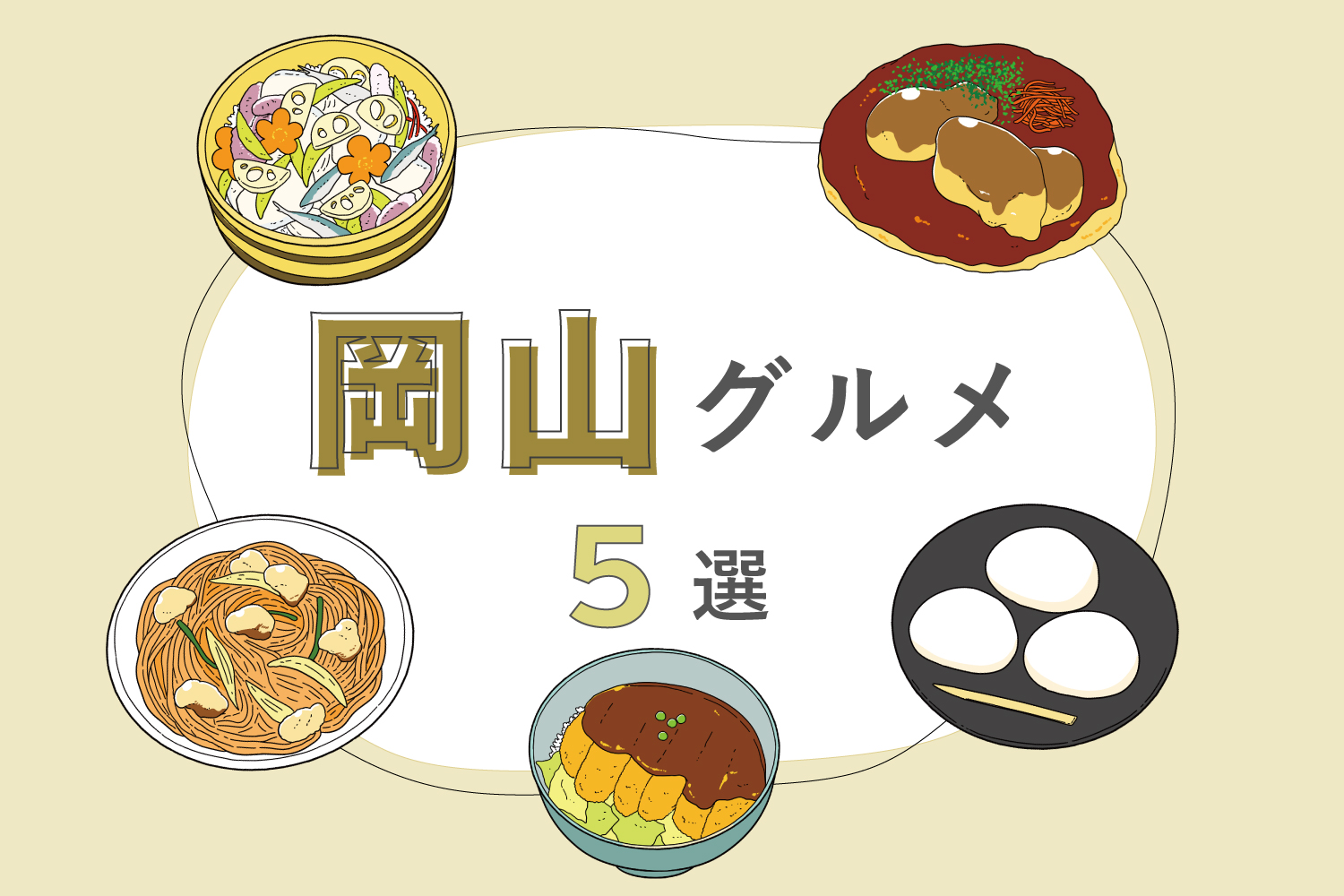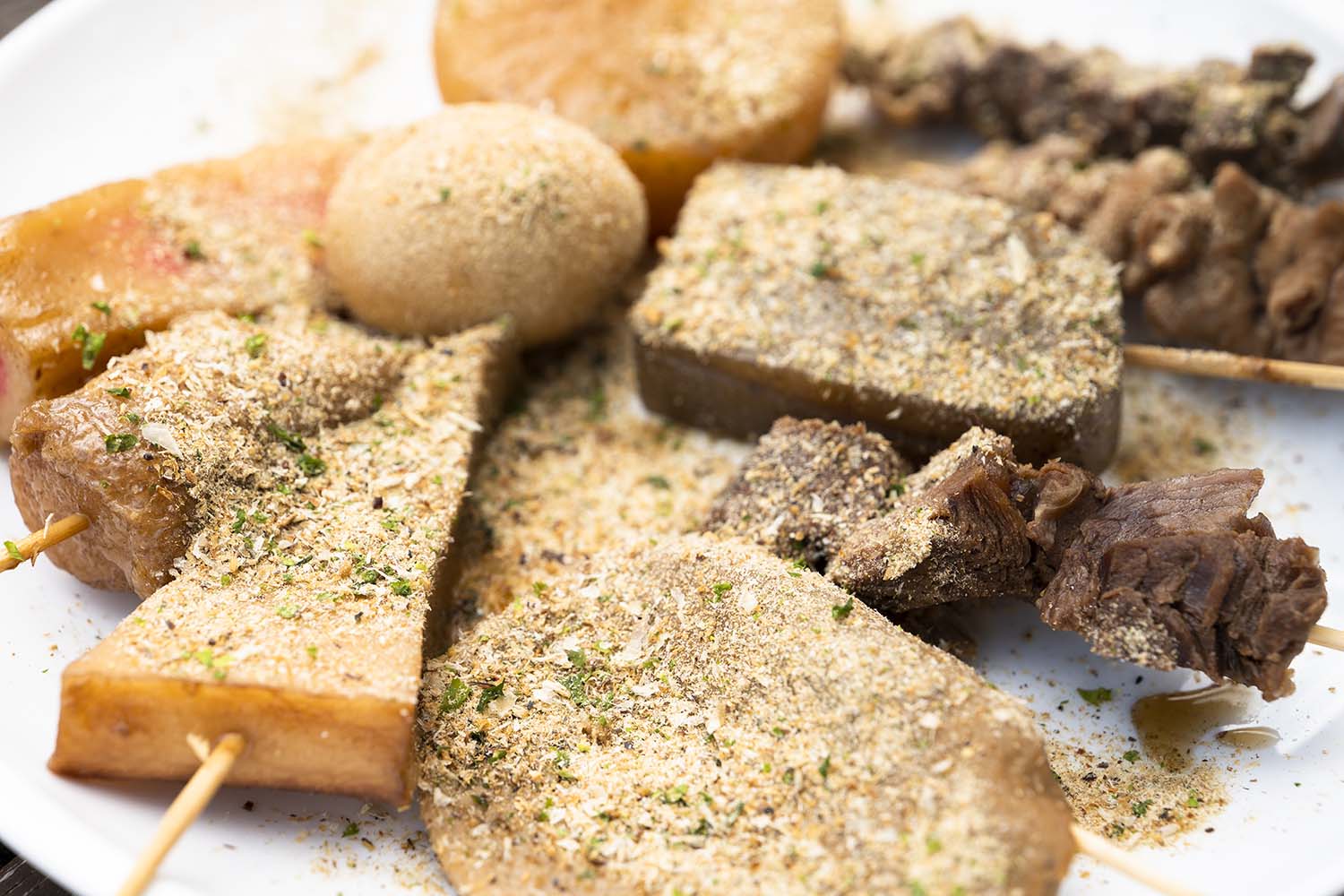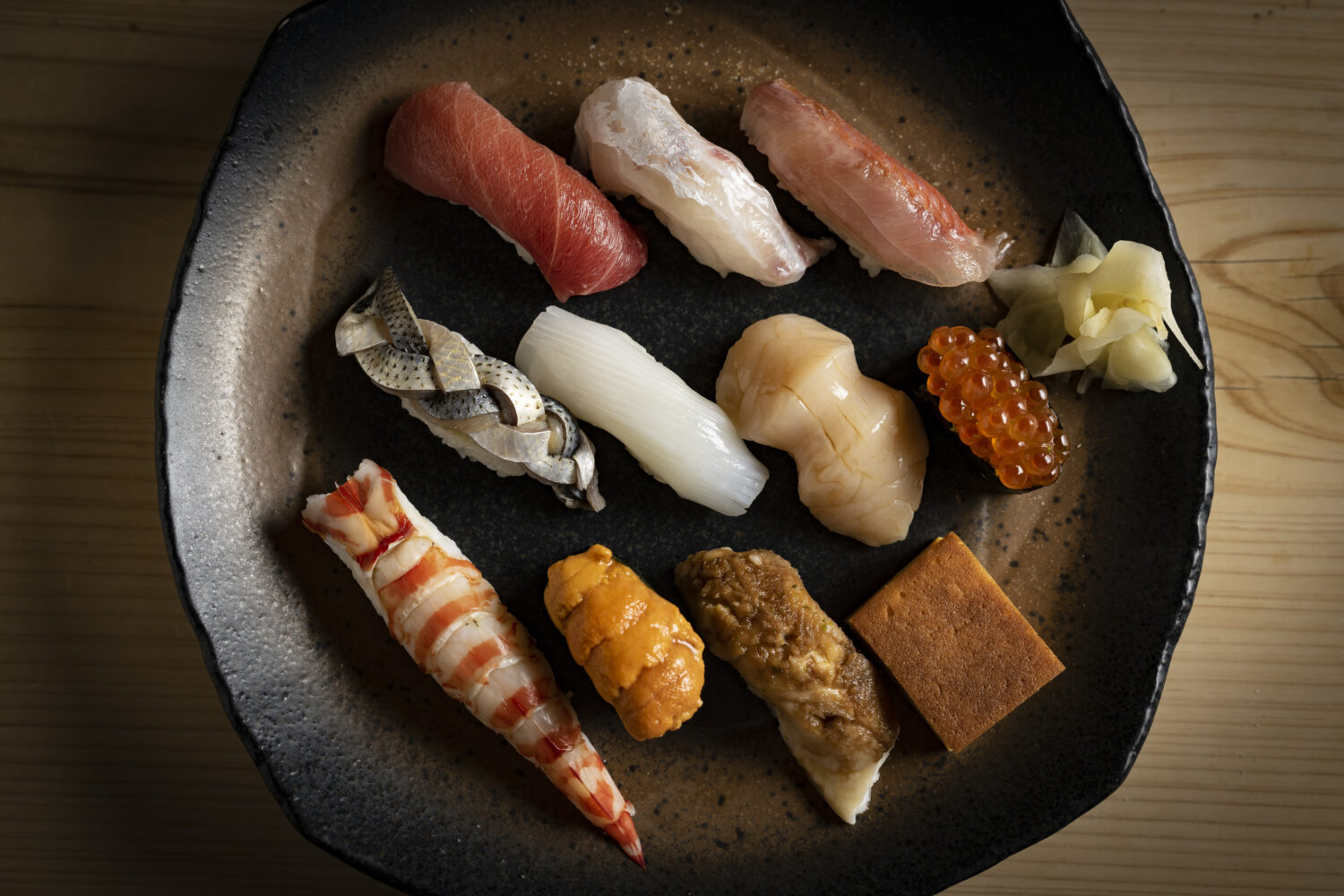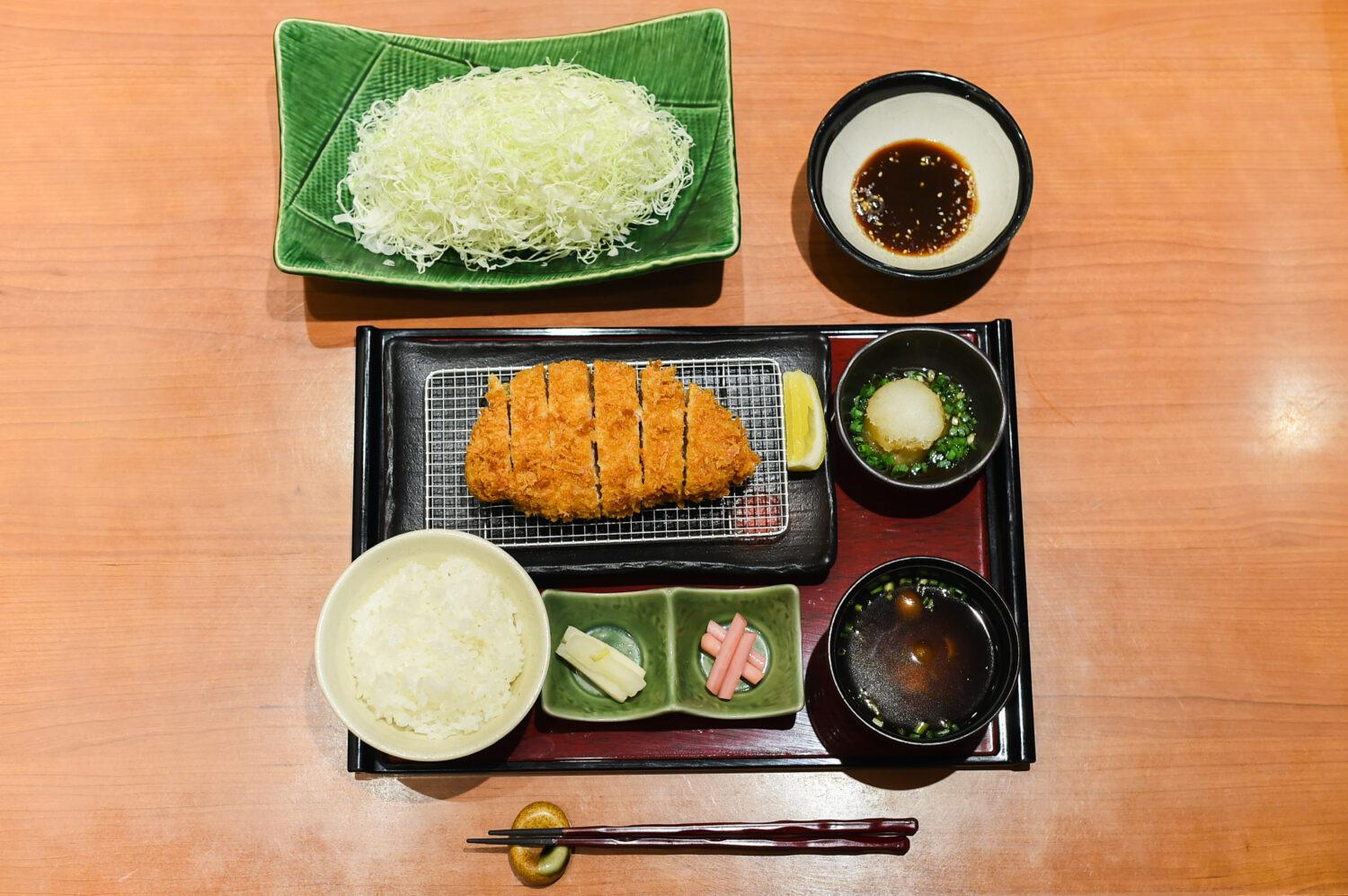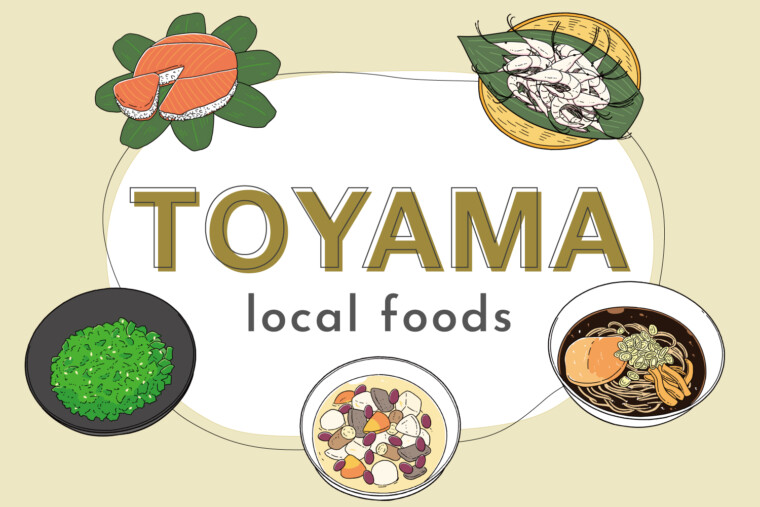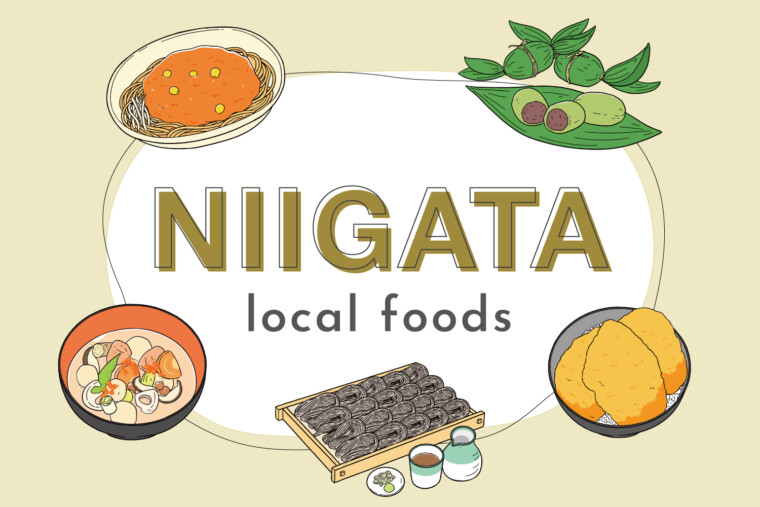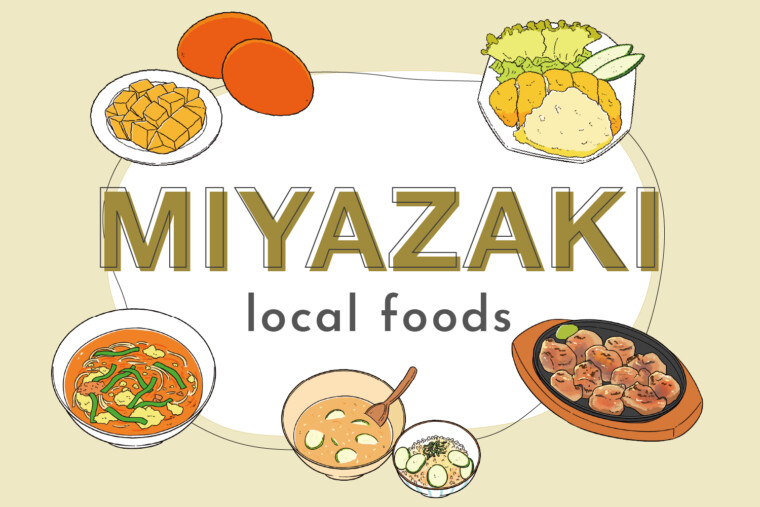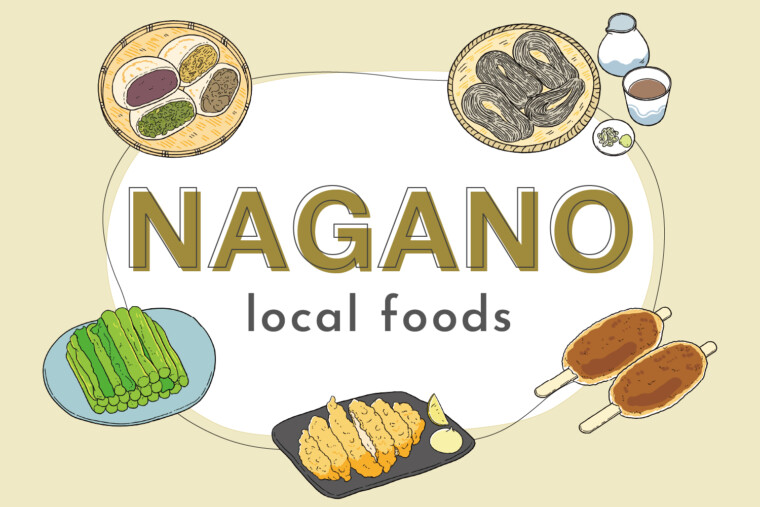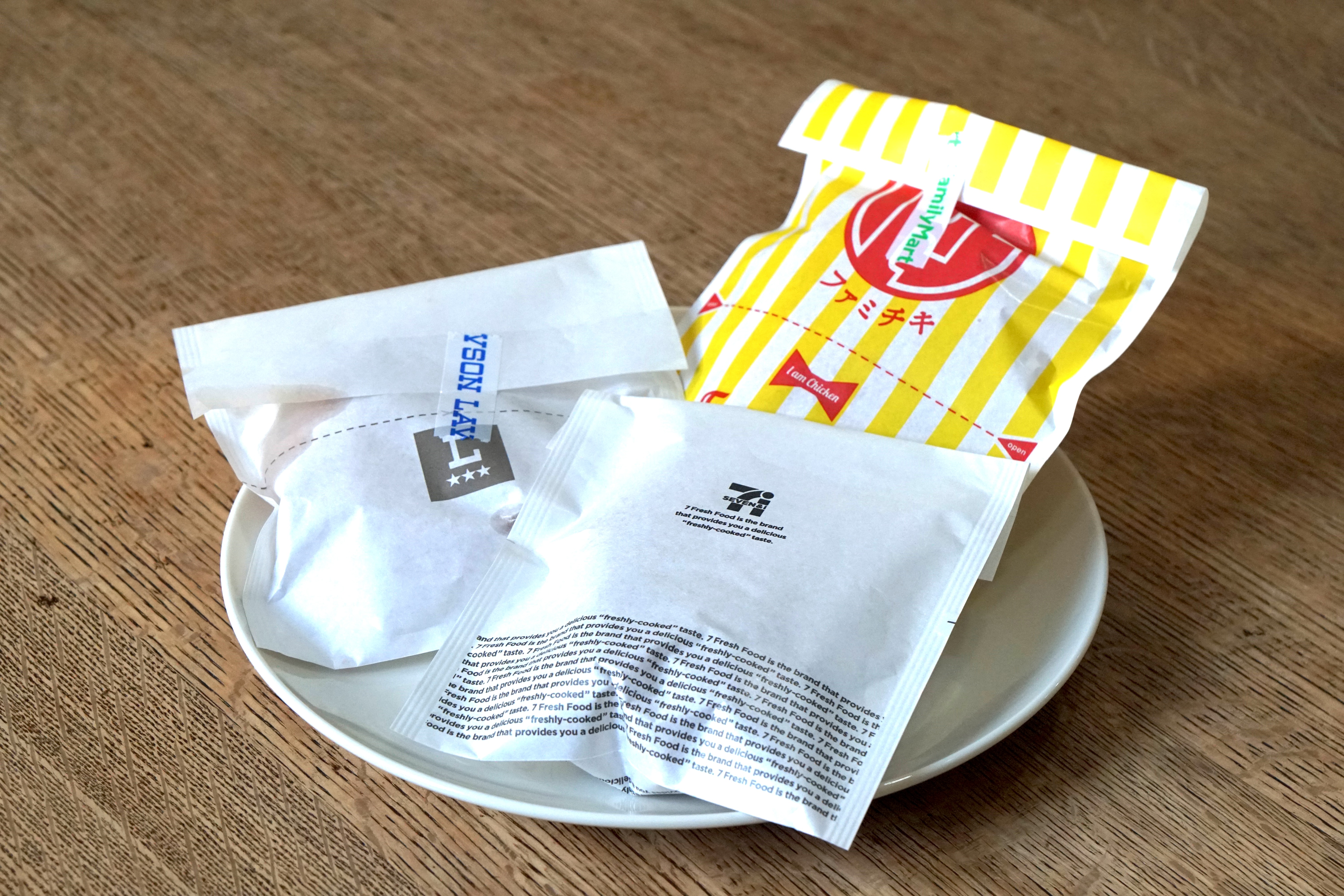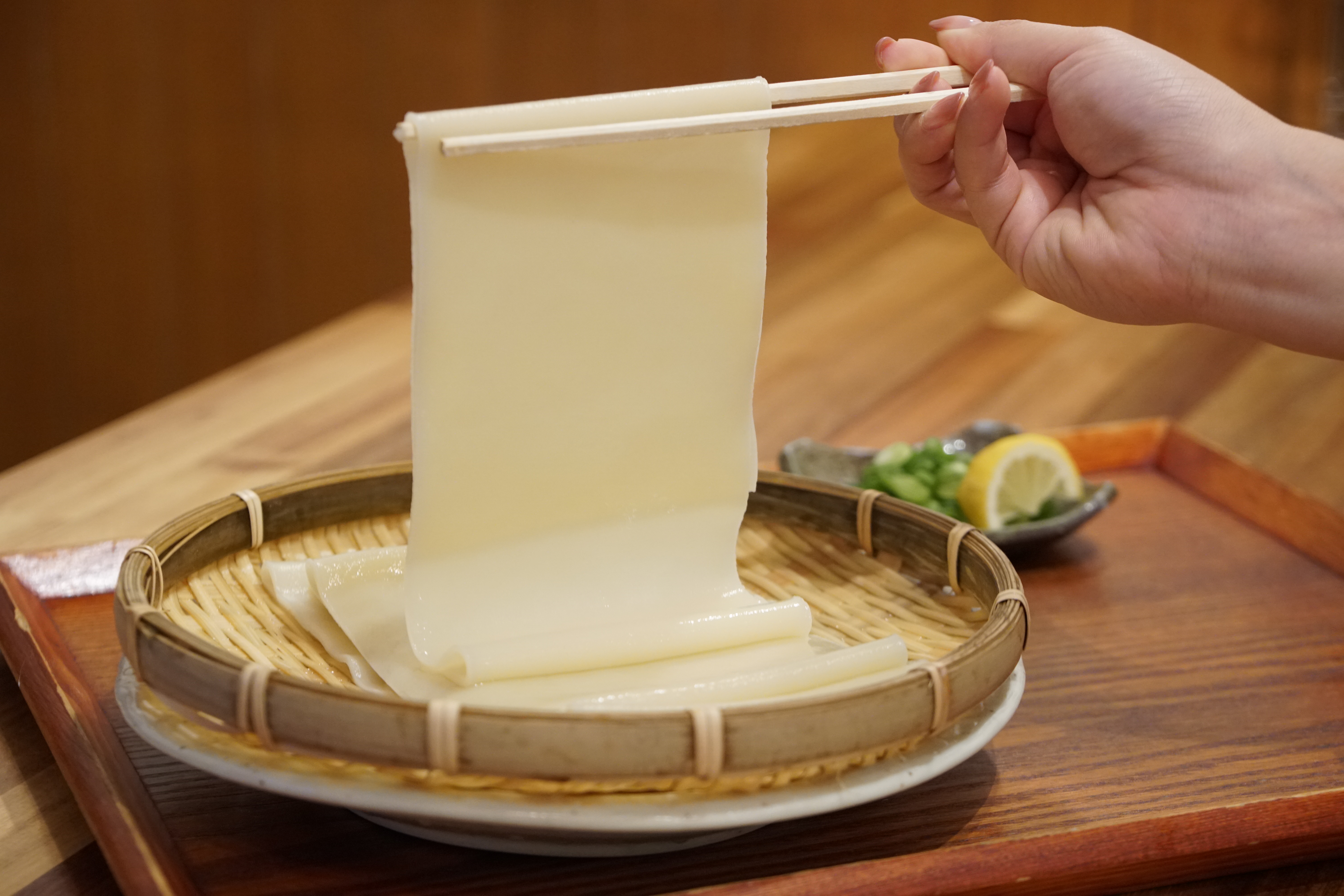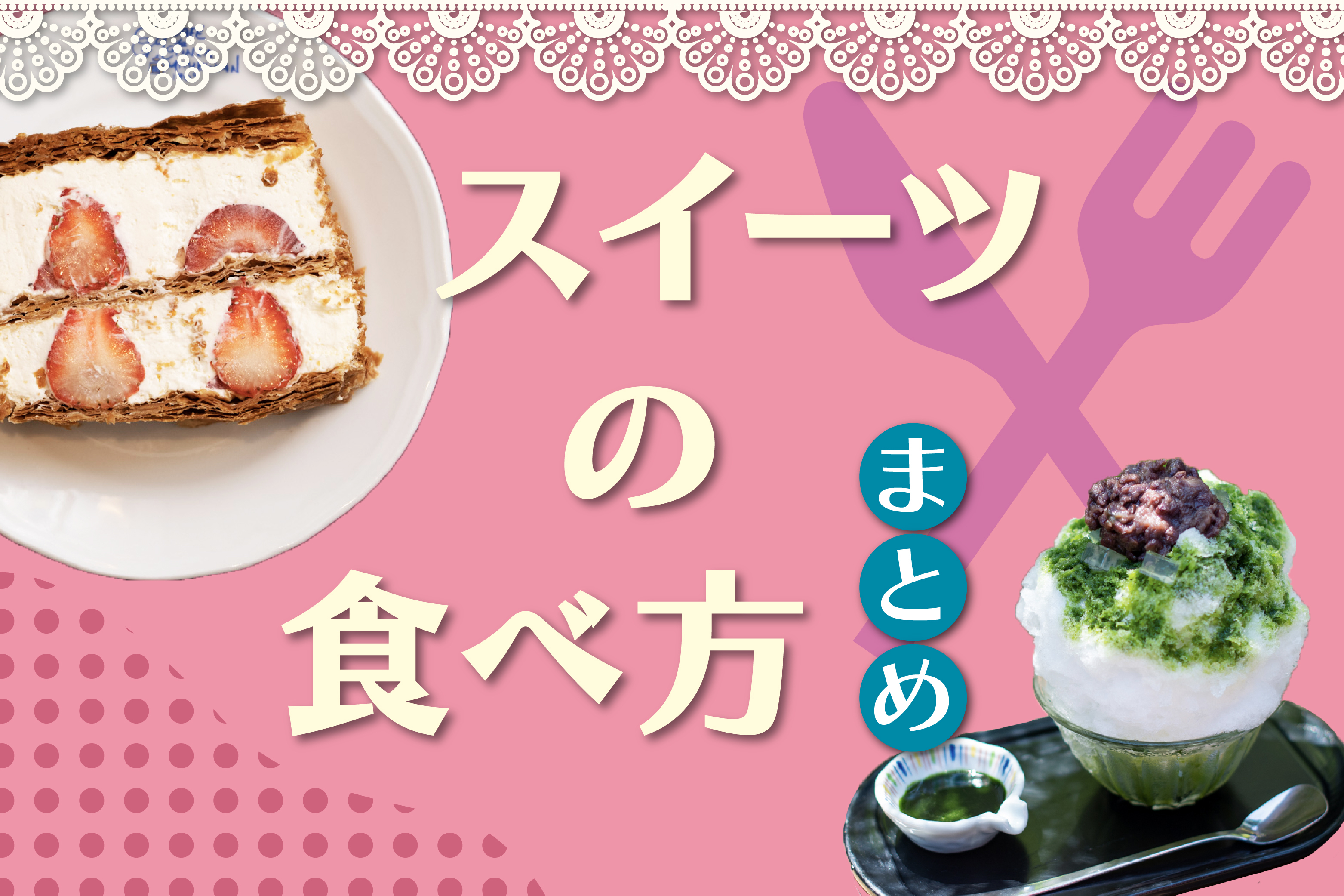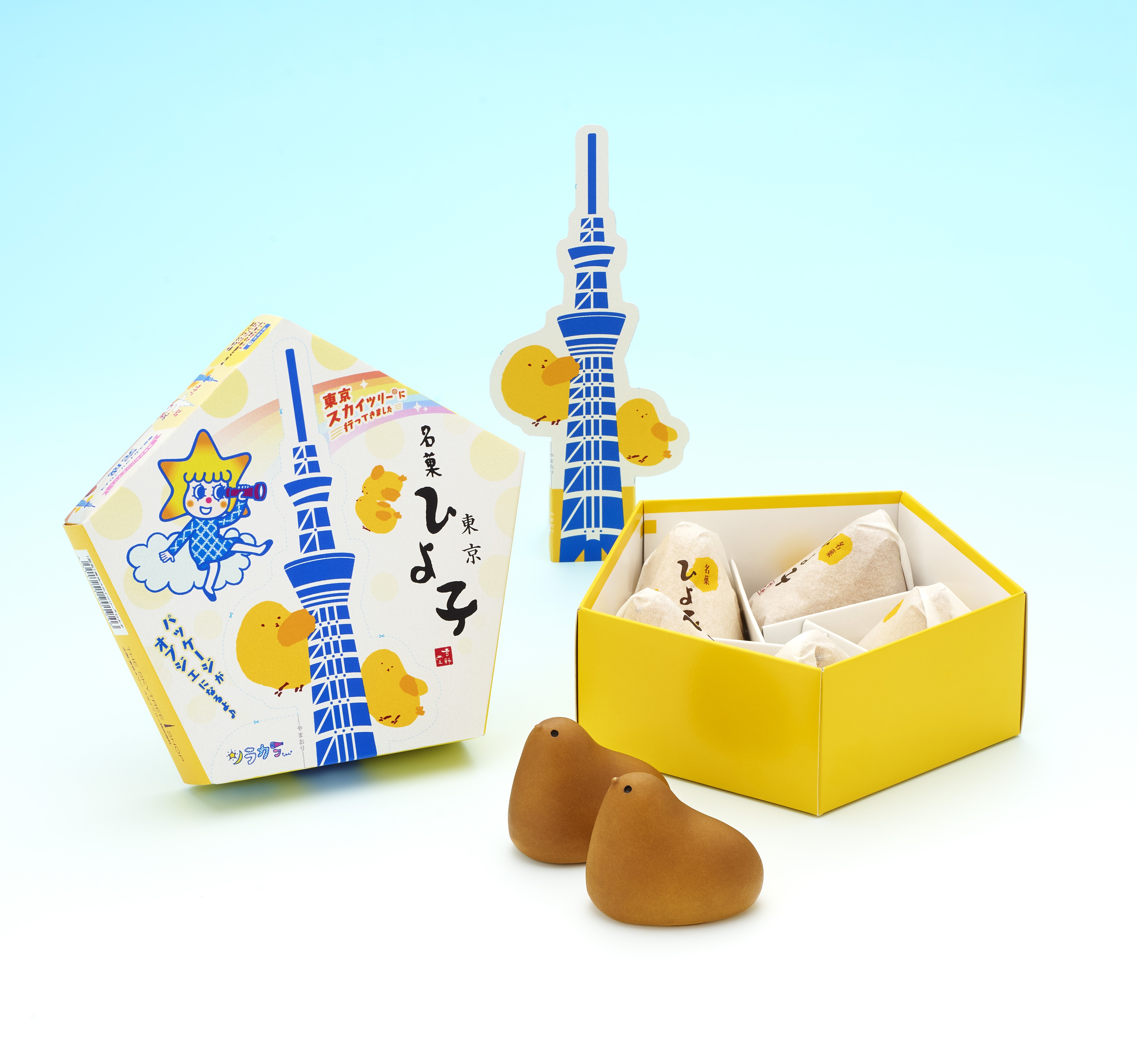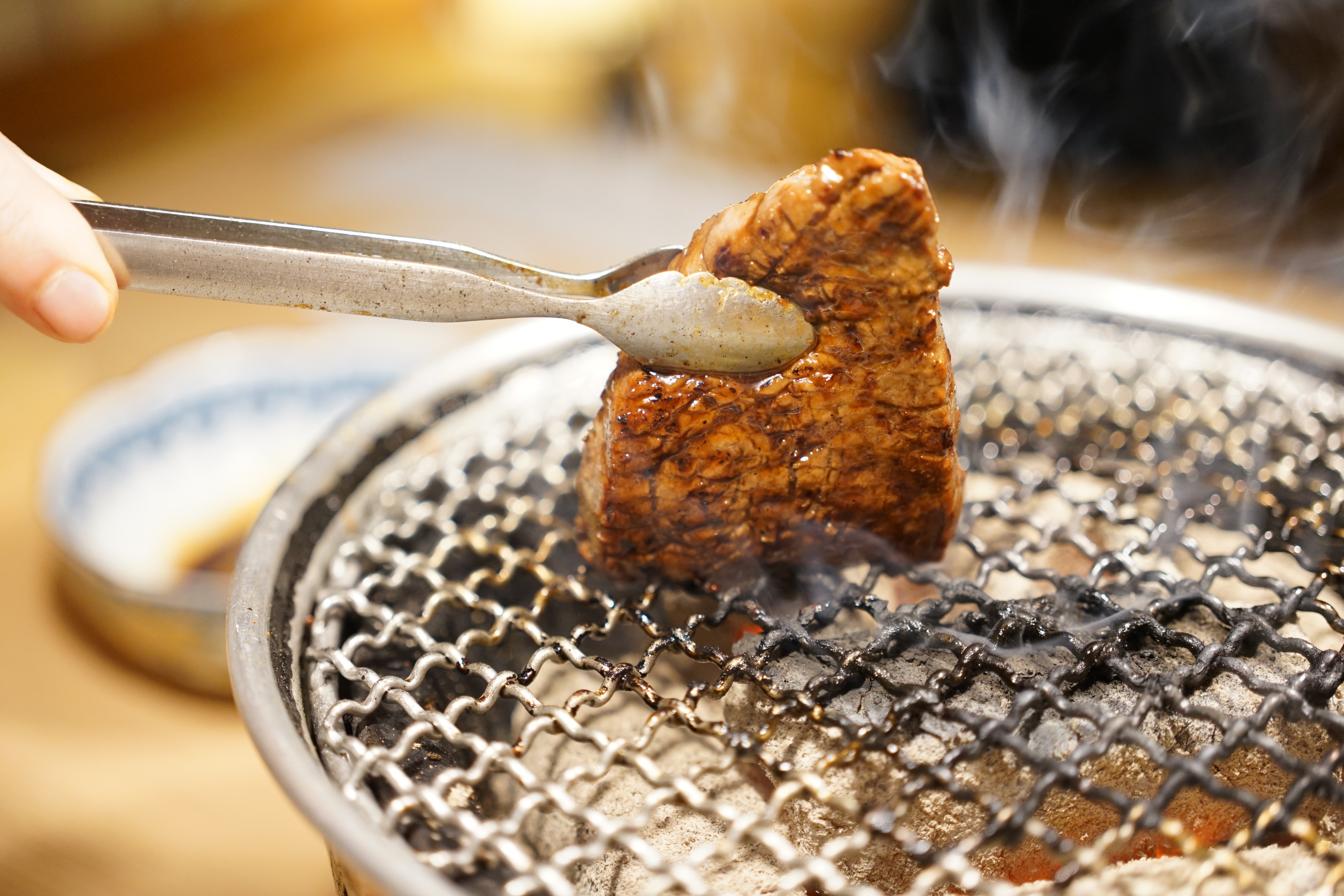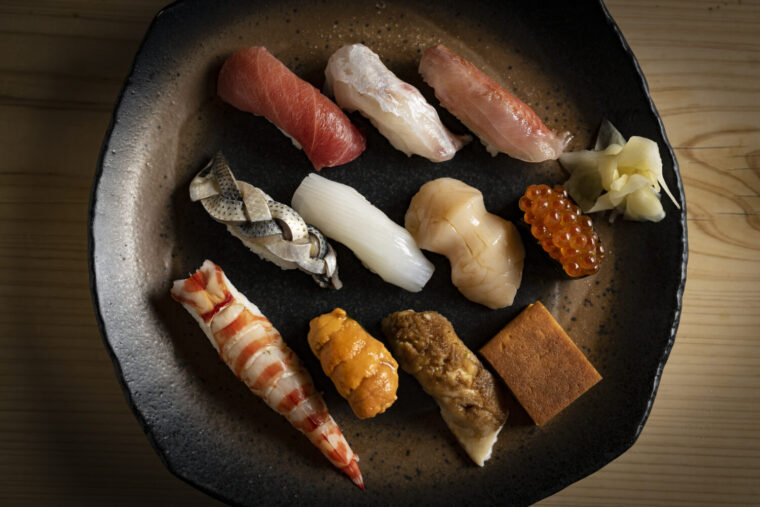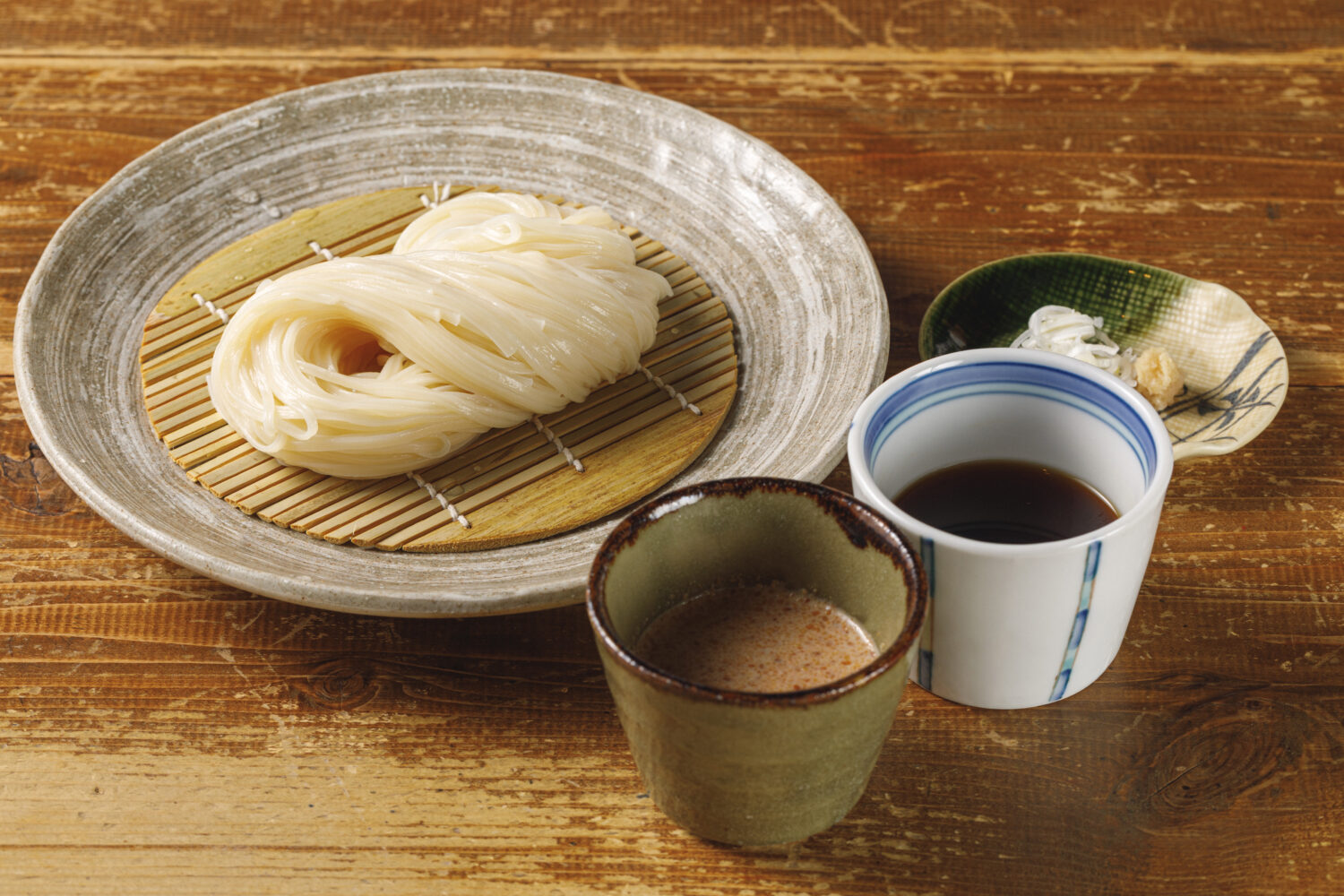
How to eat Inaniwa udon (udon noodles from Inaniwa) | One of Japan’s three great tasting udon, the pride of Akita Prefecture in the Tohoku region
Inaniwa udon, known as one of Japan’s three great tasting udon dishes, is a local cuisine of Akita Prefecture in the Tohoku region. In this installment, we asked the staff at AKITA DINING Namahage Ginza to show us how to enjoy this great tasting dish with ease!
share:
Table of Contents
What is Inaniwa udon?
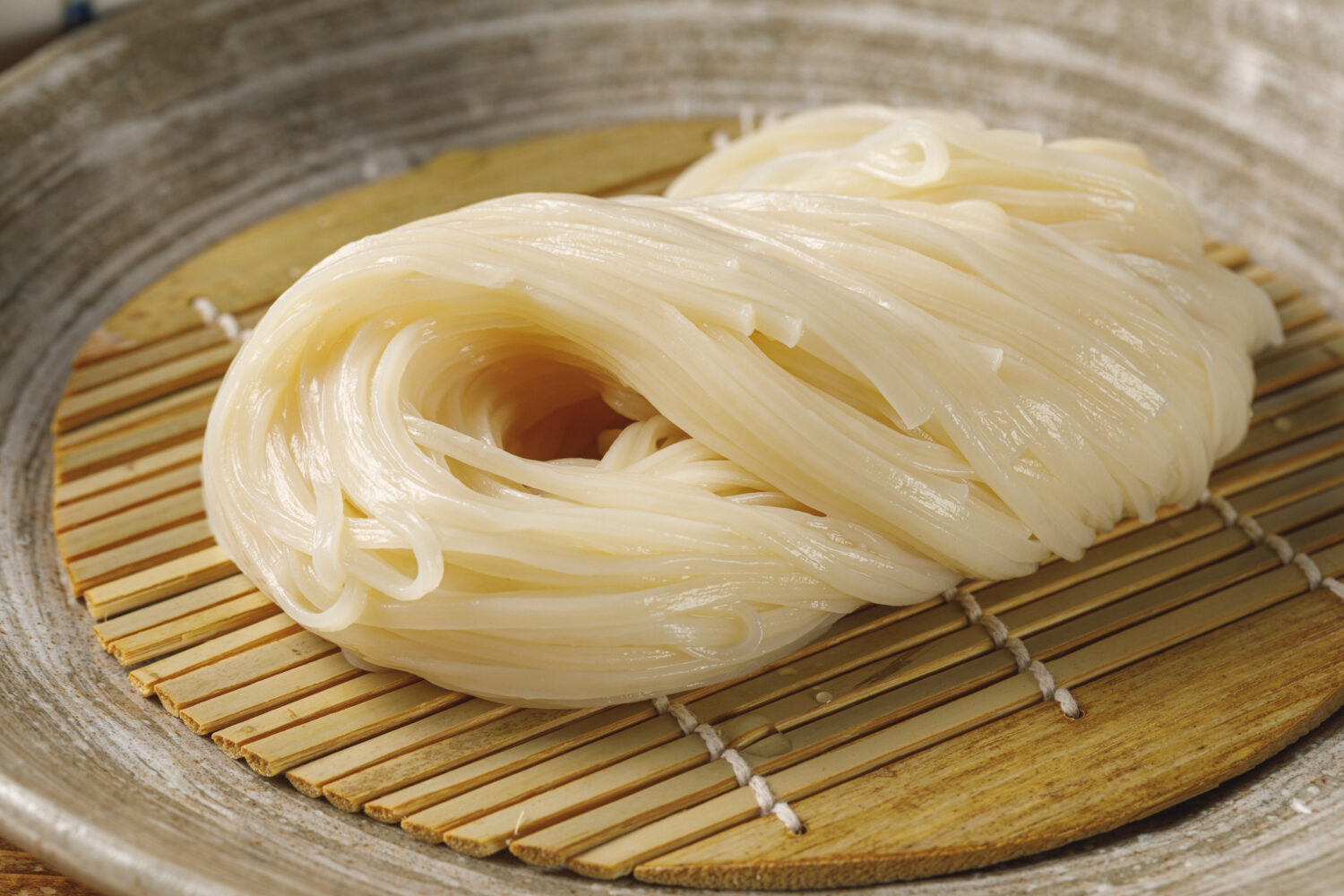
Inaniwa udon is a local dish of the Inaniwa area of Yuzawa City in Akita Prefecture. It is made using the hand-stretching method, and is characterized by its thin noodles that are smooth and slippery, with a springy texture.
According to the manager, who is from Akita Prefecture, after boiling, the noodles are cooled in ice water to firm them up which gives them their springy texture and brings out their genuine flavor.
Popular shoyu dare (soy sauce-based sauce)
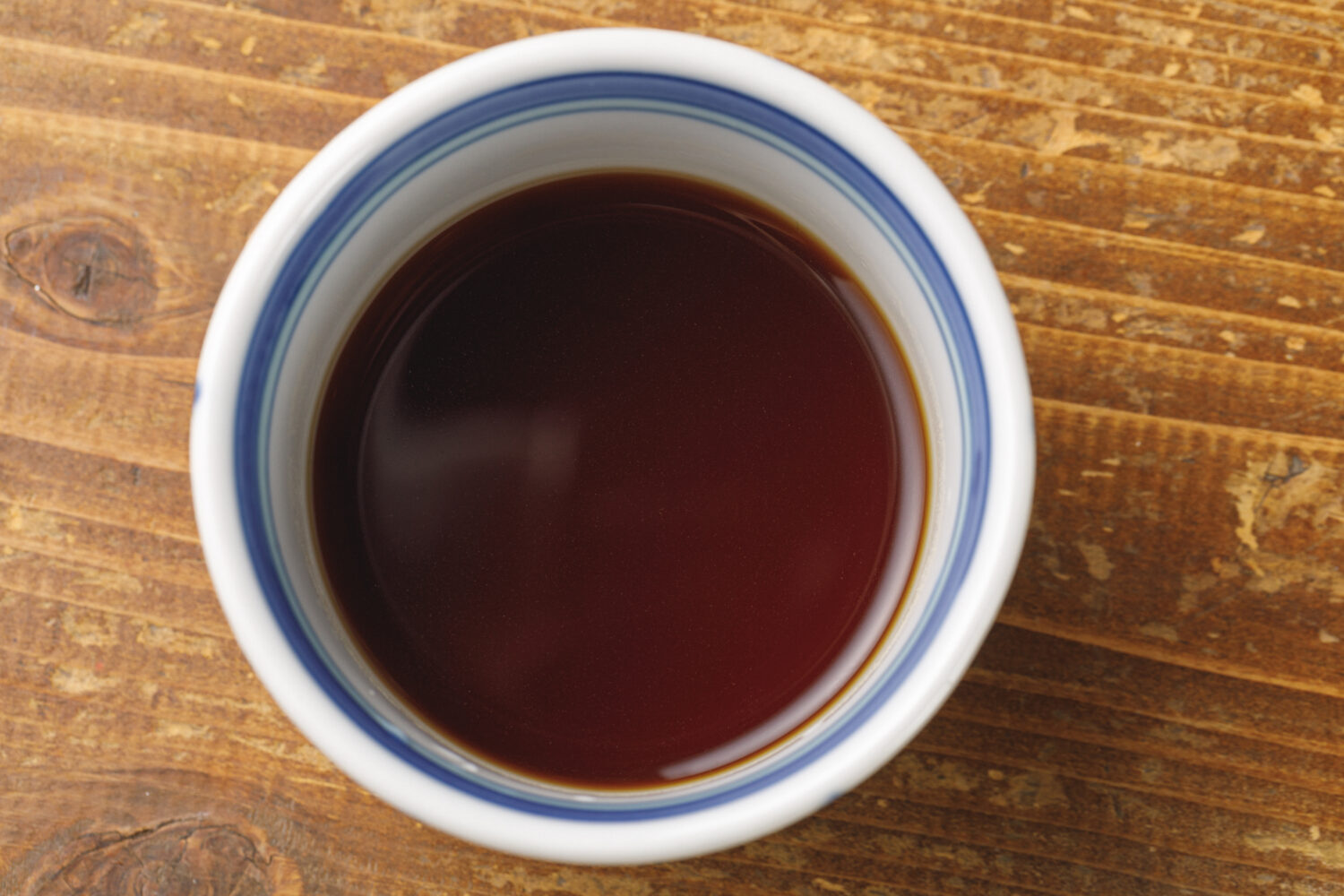
Chilled Inaniwa udon is usually served as a dipping style of noodle.
First, try it with the standard shoyu dare.
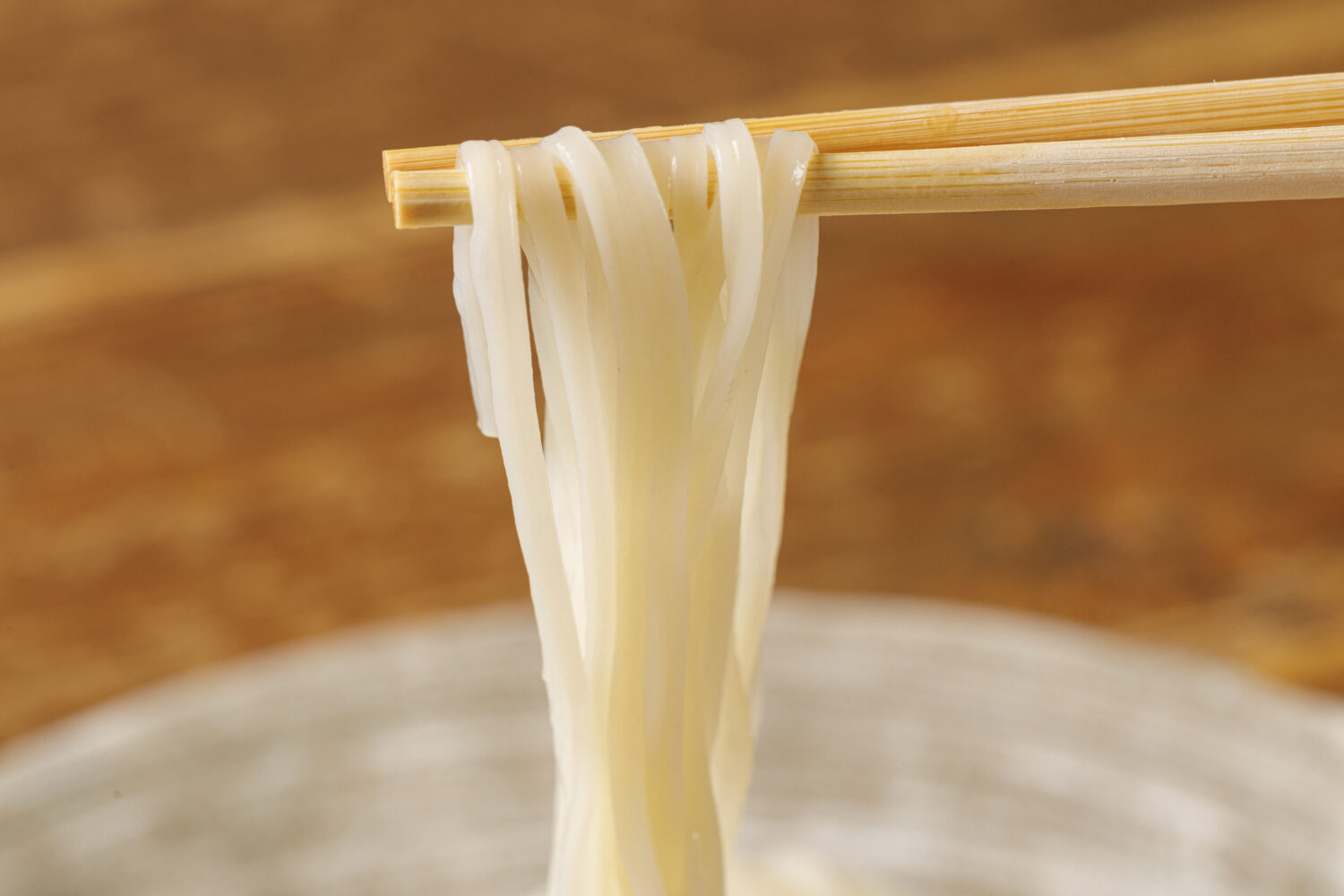
The shoyu dare is made of kaeshi shoyu (soy sauce, sugar and mirin mixture) with bonito and mackerel broth, which is aromatic and stimulates your appetite. Enjoy bite after bite of the Inaniwa udon with its smooth and slippery texture!
Add toppings
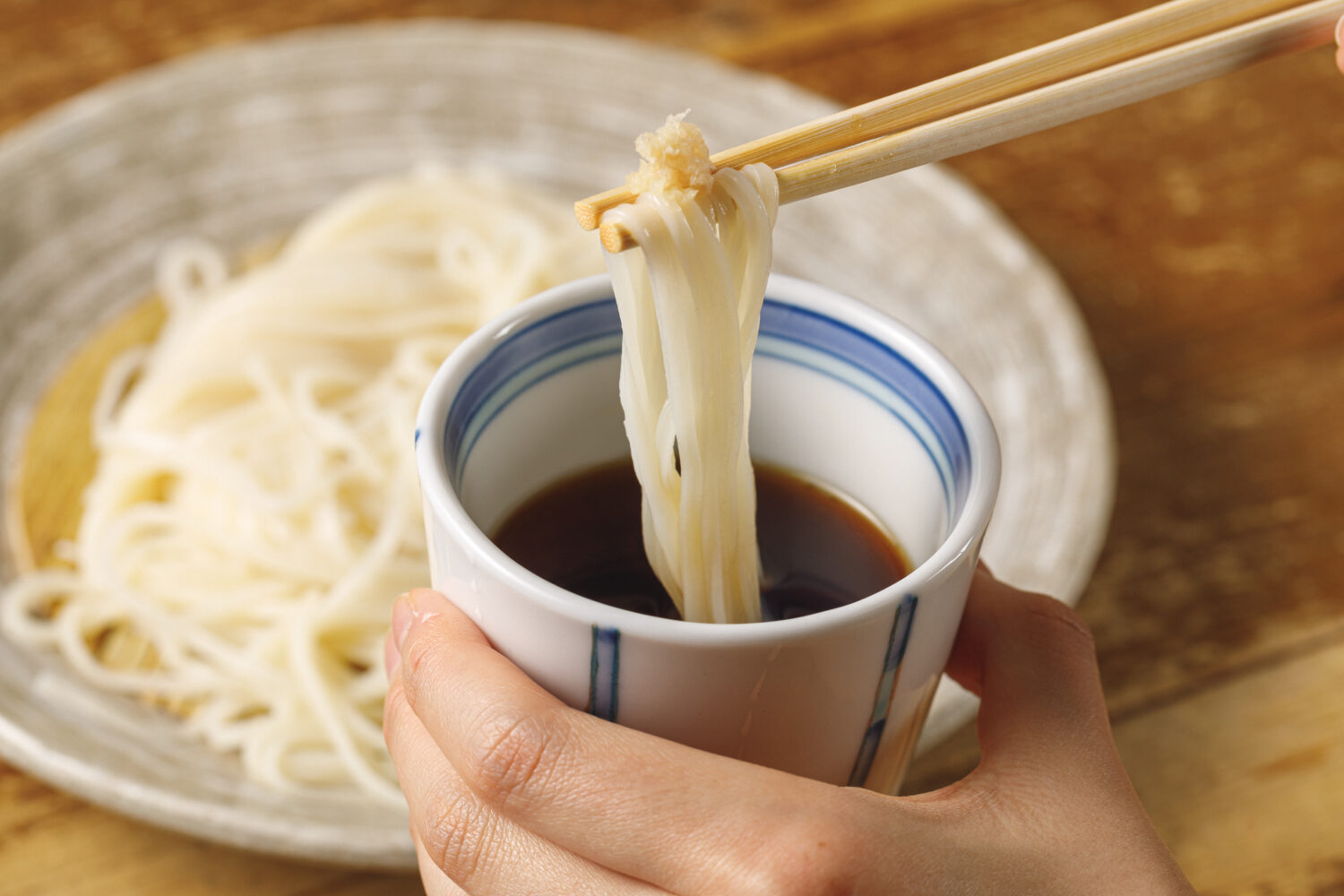
Toppings include shoga (ginger) and negi (leek). They go perfectly with the shoyu dare. The piquant accent enhances the genuine flavor of the sauce.
Try with goma dare (sesame sauce) as well

Another staple of Inaniwa udon is goma dare. It is recommended to mix it well with the noodles before enjoying. The rich and sweet goma dare brings out the salty flavor of Inaniwa udon.
Both the shoyu dare and goma dare are undeniably amazing! Enjoy Inaniwa udon while trying out both of these sauces.
Enjoy seasonal ingredients directly shipped from Akita as well as local cuisine and sake. The impressive interior of the restaurant is actually a completely reconstructed old Japanese farmhouse which was relocated from Akita. You can also enjoy a Namahage performance, which is a UNESCO Intangible Cultural Heritage.
*The information is based on the time of reporting or creation, and may differ from the current situation.
share:










